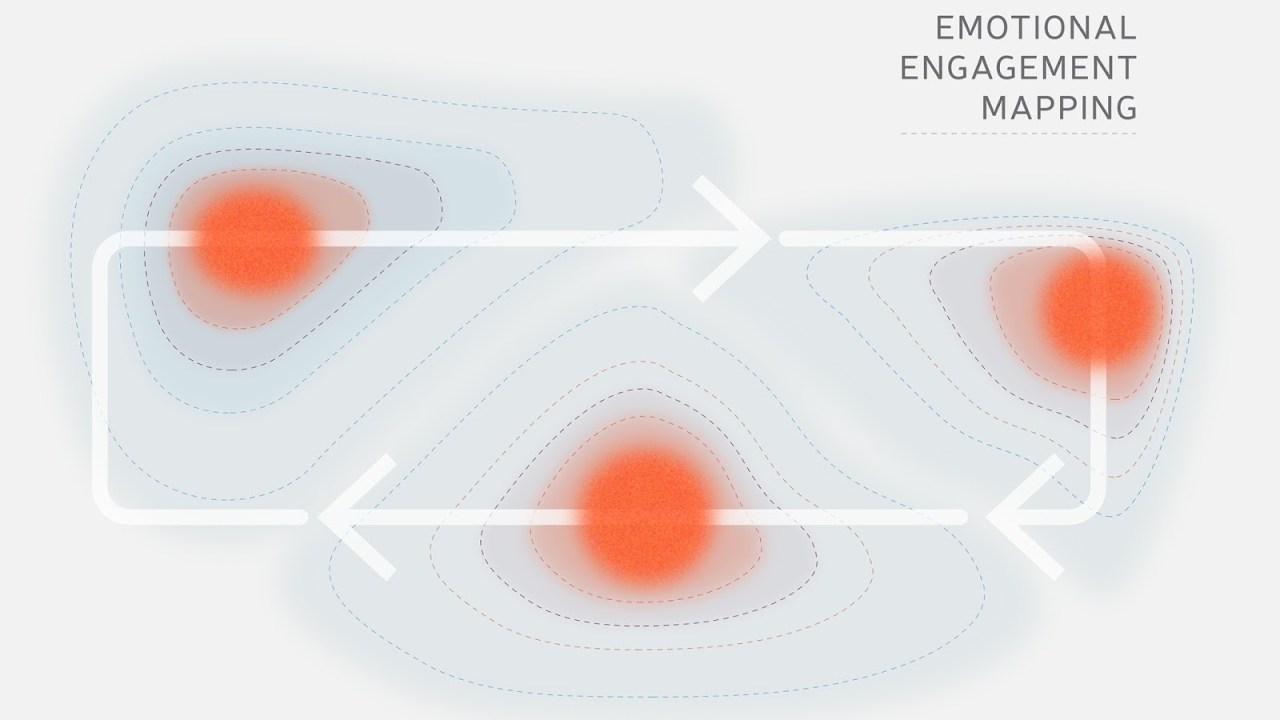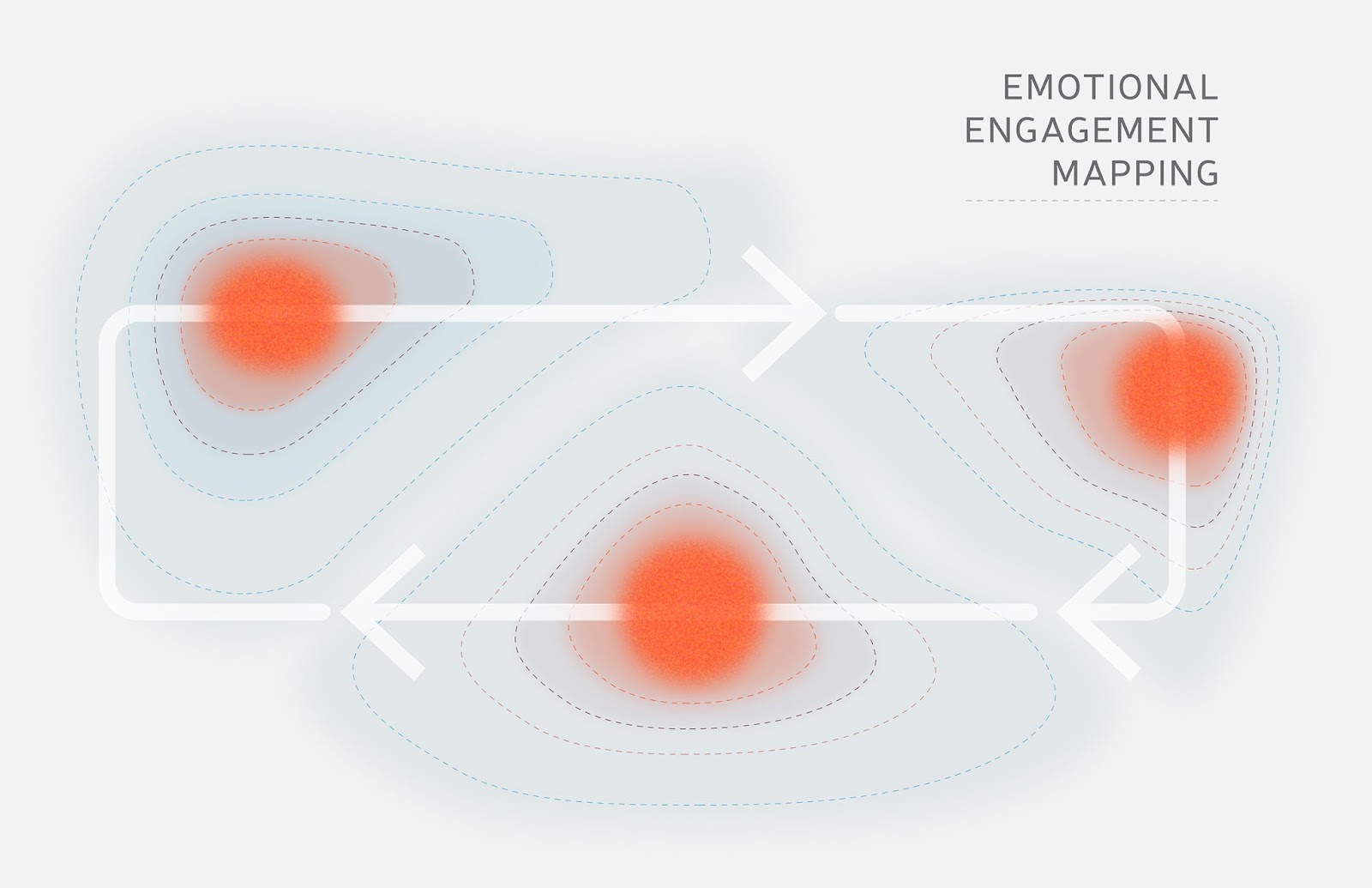
Readers of the CFM Blog are also prime consumers of TrendsWatch, the Alliance’s annual forecasting report, which is available as a digital download and as a dynamic web version with real-time updates on this year’s trends. We are able to share this high-quality content for free due to the generosity of our sponsors: every year a small cadre of forward-thinking companies and individuals pitch in to underwrite this work. Solid Light is one of our 2017 sponsors, and in this week’s guest post president Cynthia Torp explains why one of this year’s trends has special resonance for professionals engaged in exhibit design.
Like many of you, I read this year’s TrendsWatch from cover to cover, and it changed the way I think about my work. The trend that is most impactful to our work is the steady decline in empathy in today’s audiences.
As museum professionals, all of us have the privilege and the responsibility to help visitors feel empathy—to make the leap from looking at the world from only their own perspective to feeling what it’s like to be another person, in another time, or even another species. It’s more than just helping them intellectually understand the facts.
Those of us who specialize in museum exhibit design know that good design whispers rather than shouts. It’s virtually invisible to the casual observer, yet makes a strong impact by helping activate the visitor’s empathy and guide them on their emotional journey through an exhibit.
We are planning and designing the new permanent exhibition for the American Civil War Museum in Richmond, Va. What a fabulous opportunity to help strengthen visitors’ empathetic muscle! The museum’s exhibits seek to change how the Civil War is traditionally understood, bringing history alive, so the story resonates with today’s audiences and challenges visitors to acknowledge the unpleasant realities of history. With our design, we are striving to give people the tools to make sense of the conflict and uncertainty of the times by immersing them in the personal stories of the soldiers, and the enslaved and free people who lived during the Civil War.
This is where thoughtful exhibit design and storytelling come in. A key component to our design is a process called emotional mapping, which lays out the ebb and flow of the story, striking the balance of making the story come alive by helping visitors process the information so it impacts them without overwhelming them—or worse, leaving them feeling nothing.
While still in its conceptual stage, one of several perspectives we plan to focus on in the exhibit is that of the personal choices people were forced to confront and the resulting consequences of their decisions. By telling the individual stories of civilians living through the Siege of Vicksburg in Mississippi—an event that turned the city into a battlefield and drove the population to flee their homes, some taking refuge in caves to shelter from gunfire—not only do we shed light on the American Civil War; we also provide insights on what it felt like to deeply experience the isolation and fear for both citizens and soldiers alike. The use of bold imagery, immersive multimedia and personal narratives throughout the experience will help to engage the visitor as an active participant in the storytelling and strengthen their connection to history.
Spatial storytelling is powerful—the exhibits we design and build help build empathy among people who come in believing that they’re different, then leave with a deeper understanding of how many similarities we all share and, hopefully, impel them to act for the greater good.









